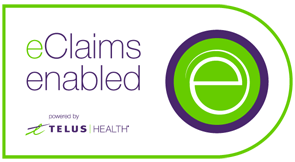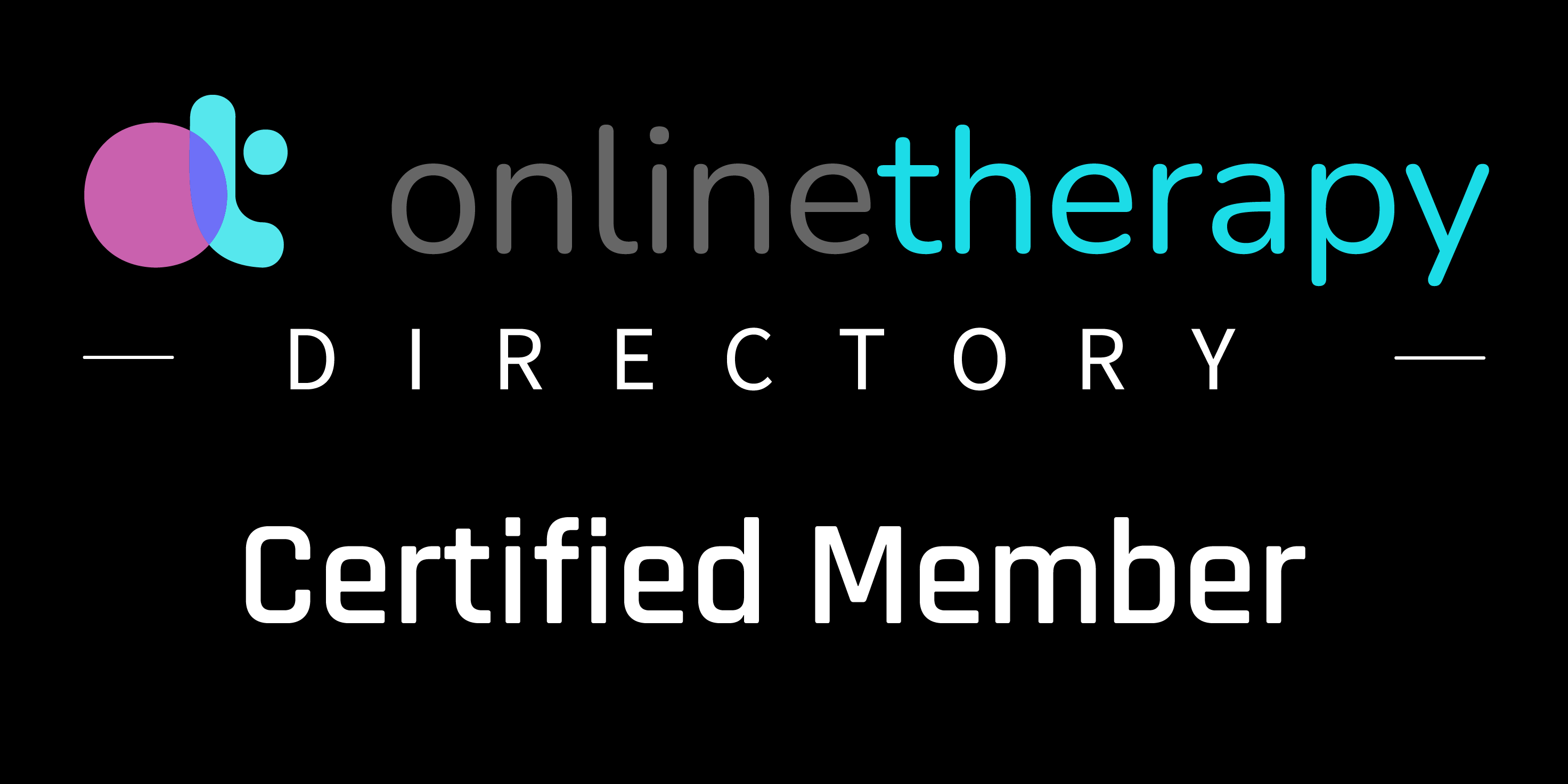Introduction
Imagine you’re in a conversation and someone says something that instantly makes your blood boil or leaves you feeling defensive. These intense reactions often mean one of your emotional triggers has been hit. Learning how to handle these triggers can be the difference between an explosive argument and a constructive dialogue. In this article, we’ll explore what emotional triggers are, why they set us off, and how adopting a curious mindset—using a simple phrase like “That’s interesting. Tell me more.”—can help. We’ll also look at real-life examples and the long-term benefits of this strategy for healthier relationships and greater emotional resilience.
Understanding Emotional Triggers
Emotional triggers are experiences, words, or situations that provoke a strong emotional reaction within us. Often, they tap into something deeper—perhaps a past hurt, a core value, or a fear—which is why a trigger can make you suddenly feel a flash of anger, hurt, or anxiety that seems to come out of nowhere. Some common triggers in conversation include feeling criticized or judged, feeling ignored or dismissed, a person’s tone of voice, or even being reminded of past negative experiences. What provokes a big reaction in one person might not bother another at all — everyone’s triggers are different.
Why Do We React So Strongly? (The Psychology Behind Triggers)
When something hits an emotional trigger, it feels like an alarm going off in the mind. Psychologists sometimes call this an “amygdala hijack” — our brain’s fear center (the amygdala) perceives a threat (even if it’s just verbal or emotional) and floods us with stress hormones to fight, flee, or freeze, before our rational brain can catch up. That’s why we might overreact or say something in the heat of the moment without thinking.
These strong feelings are usually tied to deeper meaning. A trigger often hits a sensitive spot, like a core belief or a past wound. If a comment scratches at a fear of being not good enough or not respected, for example, the emotional response can be magnified. In truth, our intense reaction is often out of proportion to what was said.
How Curiosity Calms Emotional Reactions
Instead of reacting defensively when you’re triggered, try engaging your curiosity. Shifting into a curious mindset moves you from reacting to learning about what’s really going on, which has a calming effect for a few key reasons:
- Pausing the Reaction: To be curious, you have to pause and listen. That short pause interrupts the immediate reaction. It gives your rational brain a moment to catch up with your emotional brain.
- Engaging the Thinking Brain: Curiosity gets you to ask questions (like, “Why would they say that?”). This turns on your thinking brain (the prefrontal cortex), which helps cool down the emotional surge.
- Reducing Assumptions: When we’re upset, we often jump to conclusions about the other person’s intentions. Staying curious helps you hold off on instant judgment and find out what they really meant instead.
- Creating Empathy and Connection: Showing genuine interest in the other person’s perspective can defuse tension. It signals you’re not going to attack, which makes them less defensive. This opens the door to a more productive, understanding conversation.
Research in psychology has linked curiosity to a range of positive outcomes. Curious people tend to experience more positive emotions and less anxiety. By asking questions and staying open-minded, we often find that the situation isn’t as hostile as it first appeared.
The Magic Phrase: “That’s interesting. Tell me more.”
So how do you put curiosity into practice in the heat of the moment? It helps to have a go-to phrase. One simple yet powerful phrase that therapists, coaches, and communication experts often recommend is: “That’s interesting. Tell me more.” These five words can be a game-changer when you’re feeling triggered in a conversation, helping you flip into curiosity mode.
Here’s why this phrase is so effective:
- Neutral and Non-Confrontational: Saying “That’s interesting” neither agrees nor disagrees with the statement—it simply acknowledges it without judgment. The neutrality helps prevent further fueling your own anger or the other person’s defensiveness.
- Invites Explanation: “Tell me more” invites the other person to expand on their point. Often the comment that triggered you is just the tip of the iceberg, and hearing the backstory or context can completely change how you interpret their words.
- Buys Time: While they explain, you get a moment to breathe and collect yourself.
Real-Life Examples: Curiosity in Action
To see how this works, let’s look at a few scenarios where responding with “That’s interesting. Tell me more.” can defuse a tense interaction:
- At Work: You present an idea and a co-worker says, “That will never work.” Instead of reacting defensively, you take a breath and reply, “That’s interesting. Tell me more about why you think that.” The co-worker then shares their reasons (maybe they tried something similar and it failed). What could have been an argument turns into a productive discussion where you gain useful feedback.
- With Family: A relative might say something like, “You’re wasting your time on that career.” You might feel hurt or angry, but instead of arguing back you say, “That’s interesting. Tell me more about why you feel that way.” They then explain their concerns (perhaps they had a bad experience or are worried about you). You still may not agree, but now the conversation is a respectful exchange rather than a fight, and both sides feel heard.
Now, saying “Tell me more” isn’t a magic wand that instantly fixes everything. But it does set a more constructive tone. It opens the door to clarity and problem-solving—whereas an angry retort or cold silence would slam that door shut.
Long-Term Benefits of Responding with Curiosity
Making a habit of responding to triggers with curiosity can yield significant long-term benefits for both your relationships and your own emotional well-being:
- Stronger Relationships and Communication: When you consistently approach tough conversations with an open mind, people notice and learn they can talk to you honestly without fear that you’ll “fly off the handle.” This builds trust. Even conflicts become chances to learn about each other rather than shouting matches. Over time, conversations grow more honest and constructive because everyone feels heard and respected.
- Reduced Conflict and More Productive Dialogue: Curiosity tends to de-escalate conflicts. Saying “tell me more” can stop an argument from spinning out of control. Instead of trading barbs, you trade information and viewpoints, so the problem gets addressed with far less acrimony.
- Improved Emotional Resilience: Every time you manage a trigger calmly instead of melting down, you strengthen your emotional regulation muscle. Over time, something that used to set you off might only cause a mild reaction, because your brain learns it doesn’t need to panic. You grow more confident and less anxious in tough conversations.
Conclusion: Practicing Curiosity for Better Conversations
Managing emotional triggers in conversation is not about never feeling triggered—it’s about learning how to handle those feelings in a healthier way. By understanding the psychological basis of triggers, we can have compassion for ourselves (it’s natural to react strongly sometimes!) and also realize that we don’t have to be ruled by those knee-jerk reactions. The simple strategy of infusing curiosity into our response, encapsulated by a phrase like “That’s interesting. Tell me more,” gives us a practical tool to navigate emotional moments.
Next time you feel a flash of anger or hurt in a conversation, remember you have a choice. Take a slow breath and choose curiosity over conflict. You might be surprised at how much better the situation unfolds. This approach can prevent the regrets of saying something in anger and, over time, transform your relationships. By choosing to say “Tell me more,” you’re proving to yourself that you’re strong enough to listen and respond thoughtfully. It’s an empowering habit that leads to healthier communication.















